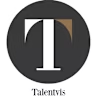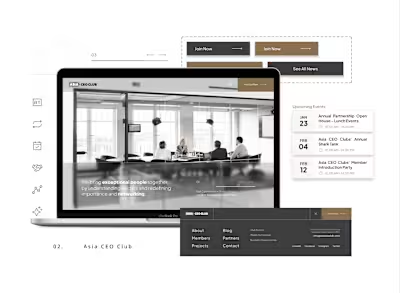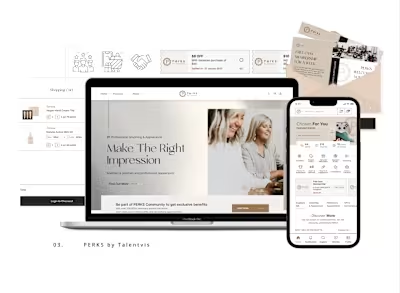Talentvis Academy
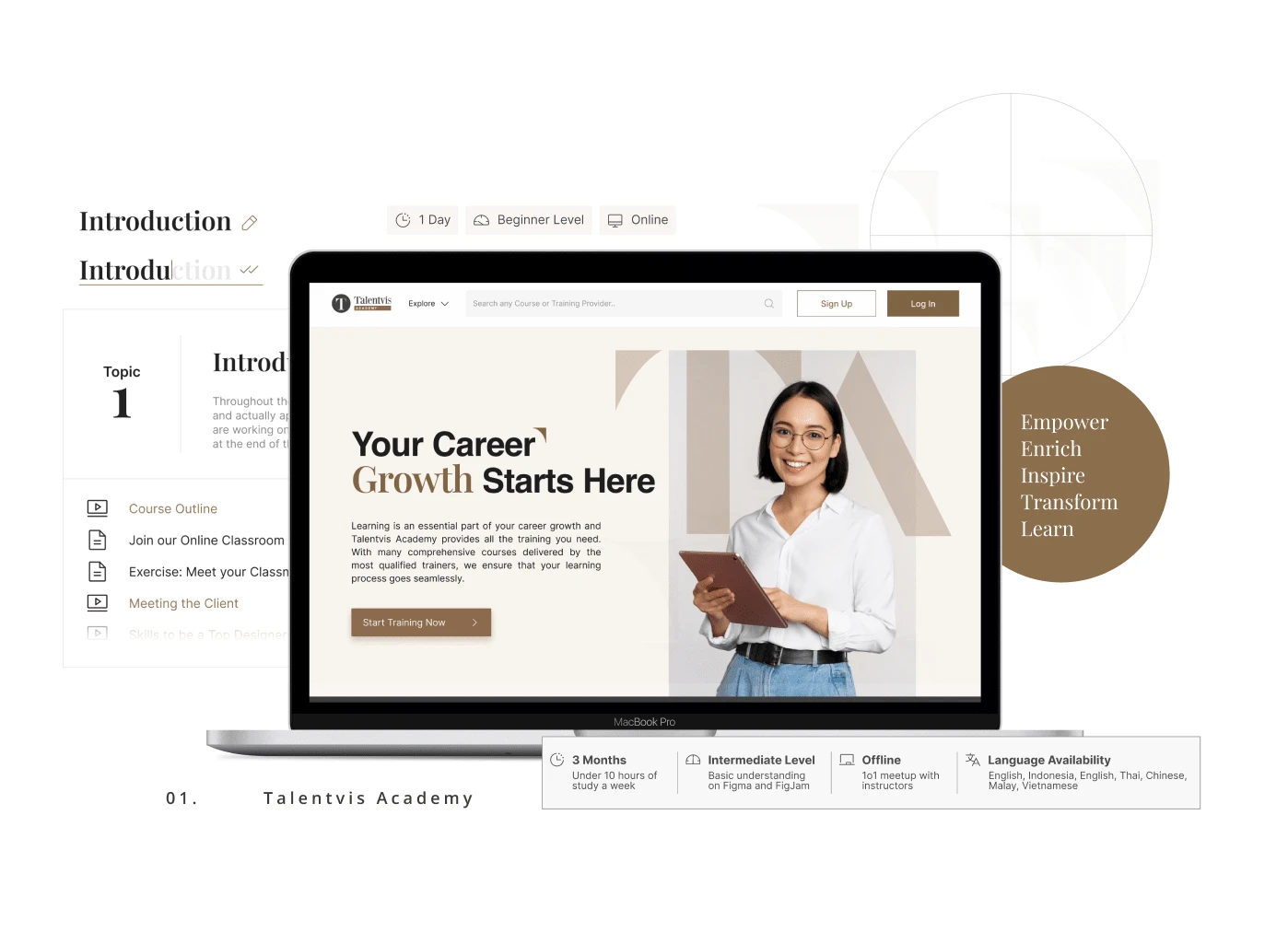
Overview
Ongoing design development for Talentvis Academy, a learning platform that focuses on professional growth. this user-centric project is divided into 4 roles (public, training provider, company, and staff) and contains +80 pages and popups.
Responsive Learning Platform
Talentvis from February 2023 — Now
Background
Talentvis Academy is an online learning platform that provides a wide range of courses and resources to support individuals in their professional development. However, the platform has been struggling with low engagement rates, indicating a disconnect between users and the learning content. Additionally, the current design lacks visual appeal, fails to effectively communicate the value of courses, and poses challenges for scaling up the platform to accommodate future growth.
My Roles
UI/UX Designer: Responsible for leading the redesign efforts, creating wireframes, and visual designs, as well as conducting user testing and iteration.
Project Scope
Time Frame: 6 months
Project Scale: Redesign the entire Talentvis Academy platform, including the homepage, course pages, dashboard, learning feature, and sales elements of 4 roles.
Tools: Figma( Files and Prototype), Teams (Collaboration)
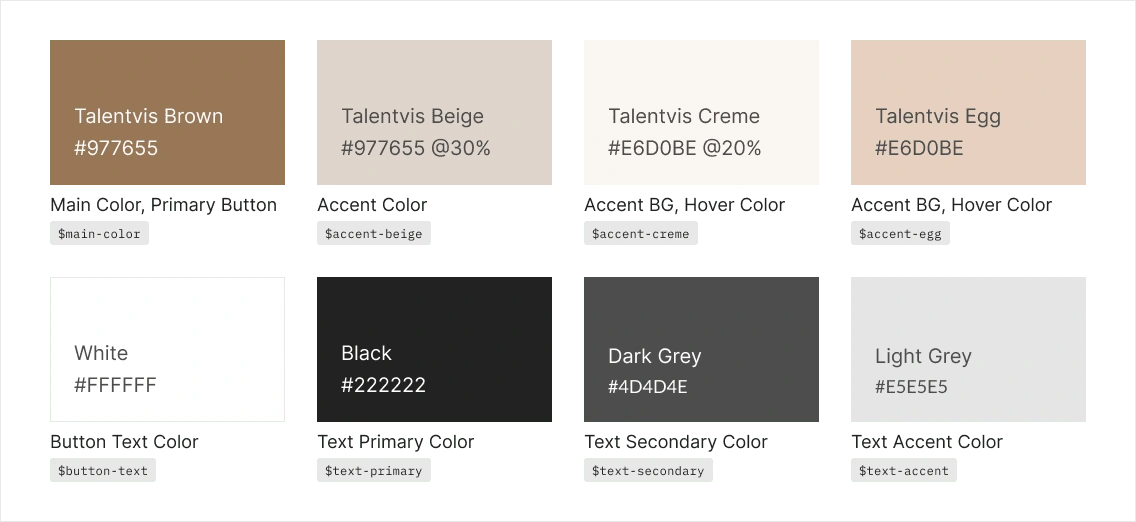
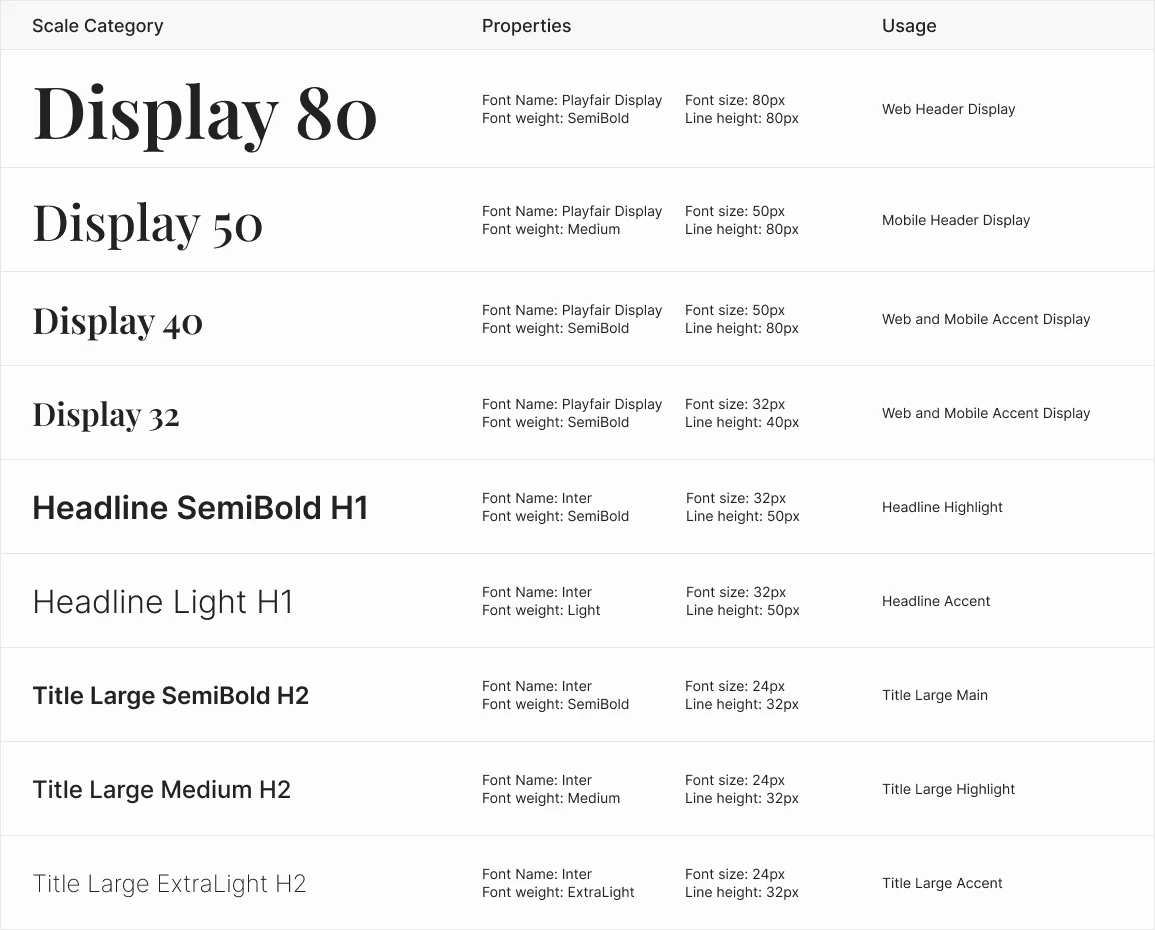
Action
There are also challenges that arise during this project development, few of them are:
1. Balancing visual appeal with sales effectiveness: Striking the right balance between creating an engaging and visually appealing design while ensuring that it effectively communicates the value of the courses and promotes sales conversion.
2. Addressing scalability concerns: Designing the platform in a way that allows for future scalability and growth, accommodating an increasing number of courses, users, and potential additional features.
3. Integrating sales elements seamlessly: Ensuring that the sales elements, such as pricing, promotions, and course descriptions, are seamlessly integrated into the platform's design without overwhelming or distracting users.
4. Navigating user expectations and preferences: Meeting the diverse needs and preferences of the target audience while maintaining consistency and usability across the platform. Users may have varying levels of technological proficiency and learning preferences.
5. Aligning stakeholders' expectations: Managing stakeholder expectations and ensuring alignment among key decision-makers and project stakeholders regarding the desired outcomes, design direction, and project timeline.
6. Ensuring usability and accessibility: Designing the platform to be user-friendly and accessible across various devices and ensuring compliance with accessibility guidelines, enabling a positive learning experience for all users.
7. Managing content organization: Finding effective ways to organize and present a wide range of courses, resources, and learning materials to enhance discoverability and enable efficient navigation.
8. Adapting to technological constraints: Working within the limitations of the existing technology stack and infrastructure to implement the redesign while ensuring optimal performance and compatibility.
9. Iterative testing and feedback implementation: Incorporating user feedback and conducting iterative testing to refine and enhance the redesign, ensuring that the final product meets user needs and expectations.
Navigating these challenges requires careful planning, effective communication, user-centric design methodologies, and collaboration among the project team and stakeholders.
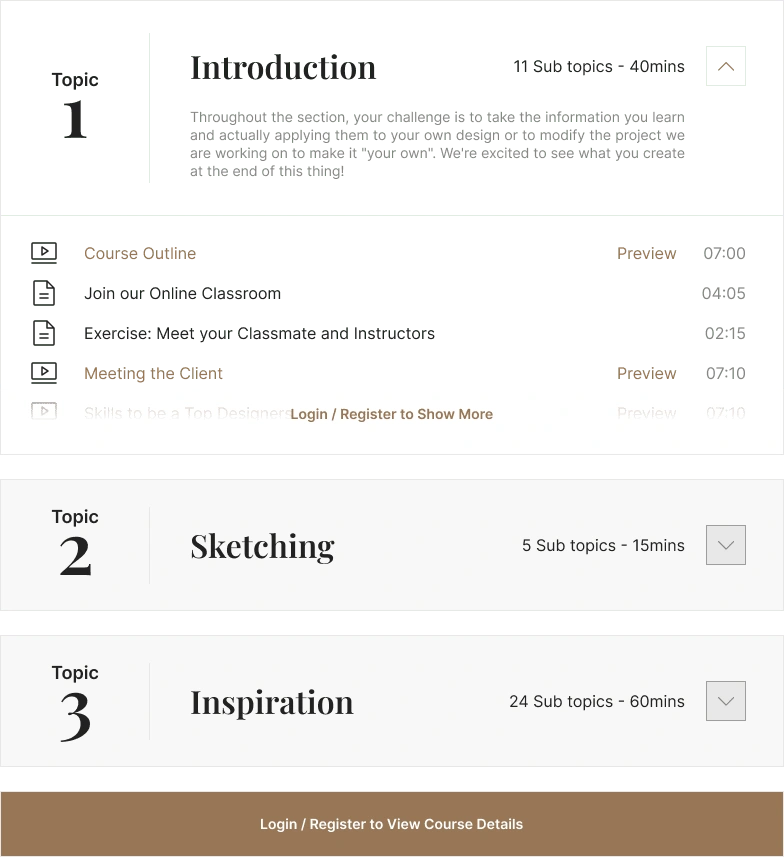
Solutions
Conducted user research, performed A/B testing, and iterated based on data-driven insights to strike the right balance between visual appeal and sales effectiveness.
Conducted usability testing to ensure sales elements were intuitive and user-friendly, provided clear and persuasive messaging, and seamlessly integrated them within the overall design.
Conducted user interviews and surveys to gather feedback, incorporated user preferences into design decisions, and validated the user experience through usability testing.
Collaborated closely with the development team to understand technological constraints, found creative solutions within the limitations, and prioritized improvements aligned with the project scope and timeline.
Established an iterative design process, conducted usability testing at various stages, gathered feedback from users and stakeholders, and incorporated the insights gained to continually refine and enhance the design through iterative testing and feedback implementation.
By implementing these solutions, the challenges were addressed, resulting in an engaging, scalable, and user-centric learning platform for Talentvis Academy.

Impact and Conclusion
The development of Talentvis Academy, including its UI/UX redesign and implementation of recommended solutions, is expected to have a significant impact. Firstly, the improved engagement rates resulting from the redesign will lead to increased user interaction and participation on the platform. By enhancing the user experience, and making the platform more intuitive and visually appealing, users will be more motivated to explore the learning resources and actively engage with the content. This heightened engagement will foster a more dynamic and vibrant learning community within Talentvis Academy.
Furthermore, the integration of seamless sales elements, persuasive messaging, and improved usability will enhance the sales effectiveness of the platform. The redesign will provide a more compelling and persuasive user experience, leading to higher conversion rates and improved sales performance. Users will find it easier to navigate through the platform, understand the value of the courses, and make informed decisions about their professional development journey.
In conclusion, the development of Talentvis Academy has resulted in a transformative learning platform. The implemented UI/UX redesign and the adoption of recommended solutions have successfully addressed the challenges of low engagement rates, outdated design, and scalability concerns. With improved engagement rates, increased sales effectiveness, and enhanced user satisfaction, Talentvis Academy is well-positioned to provide a superior learning experience for its users. The platform now offers a visually appealing and intuitive interface, facilitating seamless navigation and enabling users to make the most of the diverse range of learning resources available. Ongoing monitoring, iterative testing, and continuous enhancement and the development of the mobile version will further contribute to the success and continuous improvement of Talentvis Academy as it strives to support the professional growth and development of its users.
Like this project
Posted May 16, 2023
On going design development for Talentvis Academy, a learning platform that focus on professional growth. this user-centric project divided in 4 roles (public,




